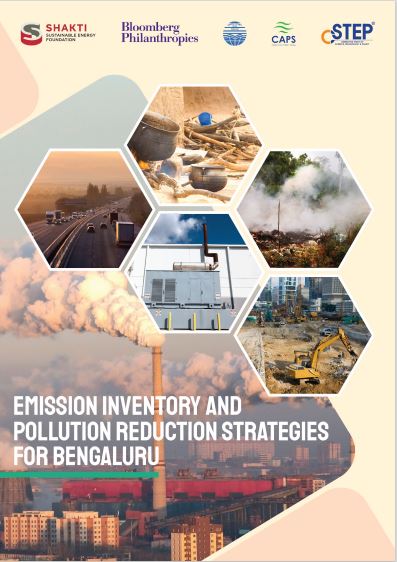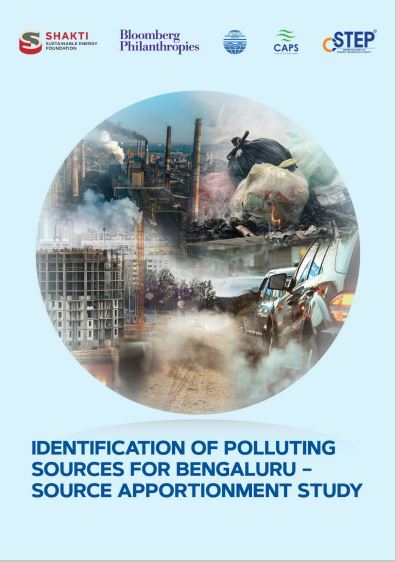The studies, “Emission Inventory and Pollution Reduction Strategies for Bengaluru” and “Identification of Polluting Sources for Bengaluru: Source Apportionment Study”, point to transportation and road dust as the biggest contributors to air pollution in Bengaluru city. These studies were conducted under the aegis of KSPCB and supported by The Bloomberg Philanthropies and Shakti Foundation, to generate scientific data and contribute to India’s National Clean Air Programme (NCAP).
The studies recommend a multi-pronged approach to controlling particulate matter emissions—PM10 and PM2.5. To curb pollution from transportation, the studies encourage the deployment of electric vehicles with charging stations at regular intervals, along with the proper implementation of the vehicle scrapping policy. The reports also highlight the need for regular servicing of public transport vehicles, such as shared autos and buses, heavy vehicles (dumper trucks, trolleys), etc., to curb pollution.
The studies recommend vacuum sweeping of dust from paved roads, laying end-to-end pavements and covering barren areas on the roadside with green covers, and studying the efficacy of mechanical sweepers before deploying them.


